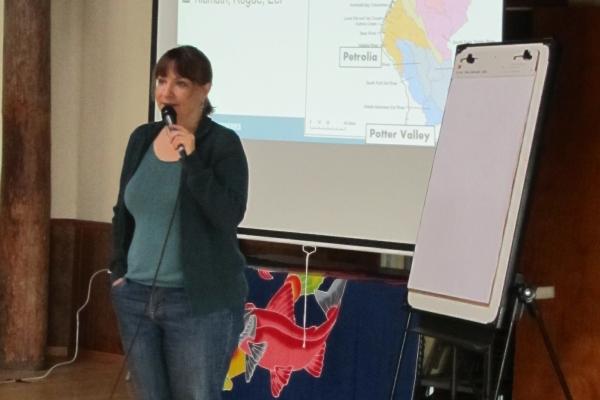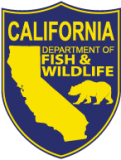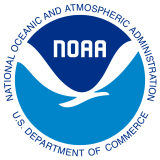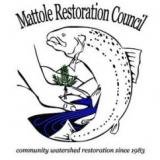Water Conservation & Coho Salmon Recovery Open House
This workshop provided an opportunity for landowners and residents to learn about the The Southern Oregon Northern California (SONCC) Recovery Plan and how it will be implemented in key watersheds. This also served as an open house to provide an opportunity for residents to discuss stresses and threats to salmon, and brainstorm strategies to improve habitat conditions in order to conserve local salmon populations.
The workshop also explored water conservation measures and community-based solutions to water scarcity. We focused on water conservation techniques in a time of drought, resources for rural landowners, navigating water rights, and local and regional water conservation programs. Speakers included Matt Clifford, water rights attorney with Trout Unlimited, Julie Weeder, SONCC Coho Recovery Plan Coordinator, Jane Arnold, water rights specialist with the California Department of Fish and Wildlife, Scott Greacen of Friends of the Eel River, Adona White of the State Water Resources Control Board, and Tom Leroy of Pacific Watershed Associates. Tasha McKee of Sanctuary Forest discussed innovative water conservation efforts, pilot programs, and landowner incentives.
Despite recent rainfall, California is still experiencing a historic drought — the worst this state has seen in the 163 years since record keeping began. The state’s “Drought Declaration” is still in effect and so is the opportunity for landowners to register their water storage through an “Emergency Tank Registration Program,” which enables landowners to register their storage without a 1600 Agreement or a site inspection from the California Department of Fish and Wildlife as long as they are forbearing from pumping for sixty days, have rigid water storage, and are filing their Small Domestic Use paperwork. Many landowners would like to participate in community-based water conservation efforts and it is important to understand that establishing your water rights is a general criteria that must be met for landowners to qualify for a grant-funded water conservation program.






